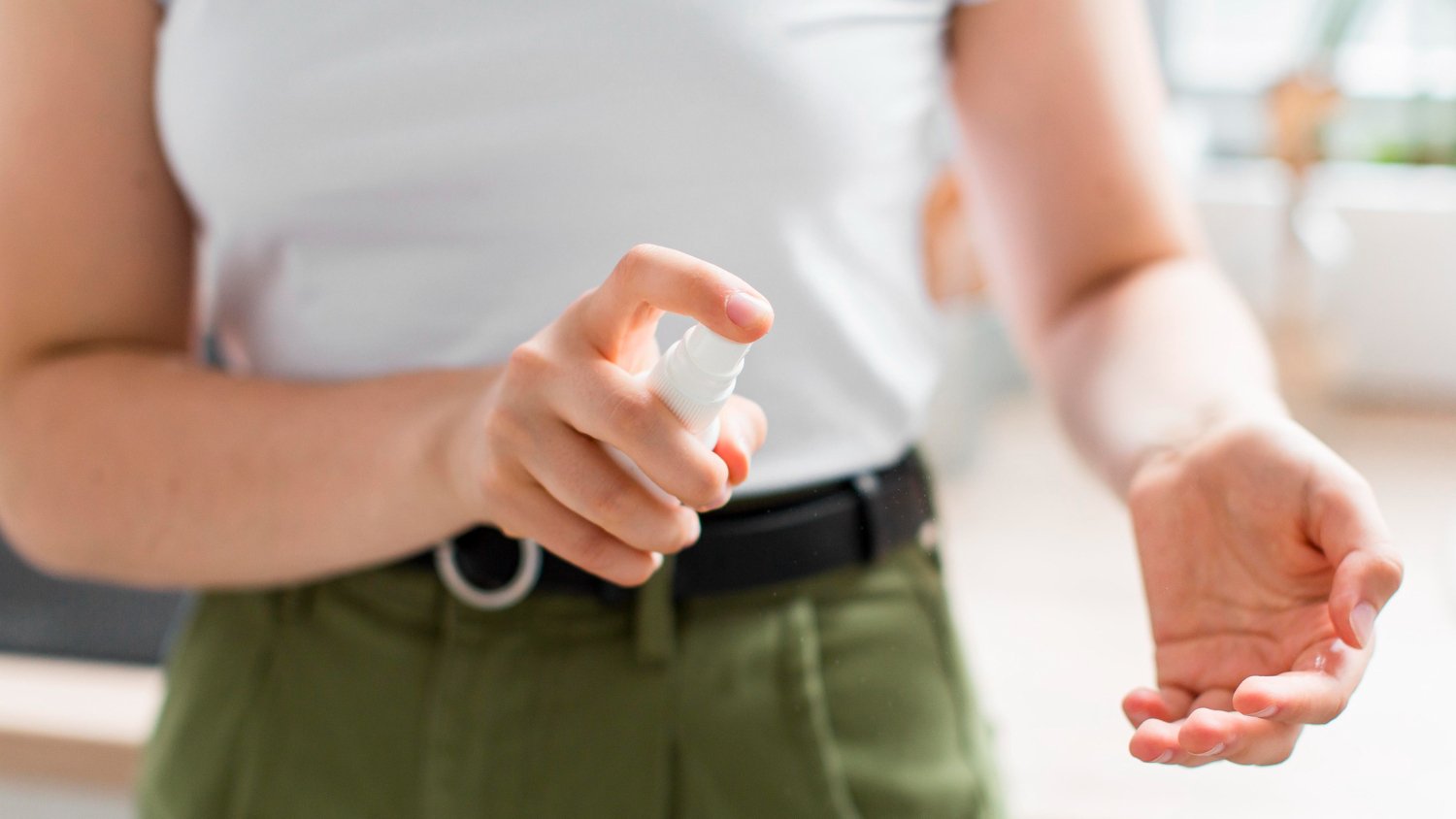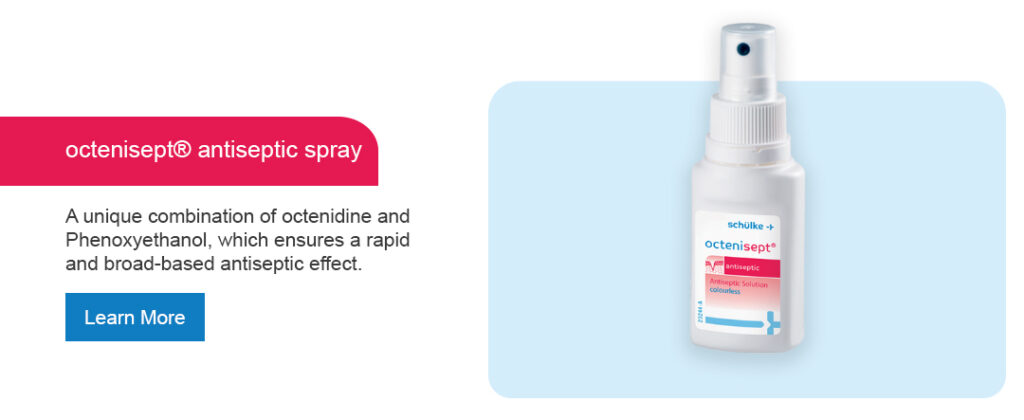Wound care is a fundamental aspect of both professional healthcare and home-based first aid. Keeping wounds clean not only accelerates the healing process but also minimizes the risk of infections. Traditional wound cleaning methods have been utilized for years, but the recent introduction of dry antiseptic spray for wounds presents a modern alternative. Let’s delve into a comparative analysis of these methods, especially for Singaporeans keen on effective wound care solutions.
Traditional Wound Cleaning Methods
A. Soap and water
Description and procedure: This is the most basic method, involving gentle cleaning with mild soap and lukewarm water.
Advantages: Widely available and inexpensive.
Limitations: May not be sufficient for deeply contaminated wounds.
B. Hydrogen peroxide and iodine solutions
Description and procedure: Solutions that provide antiseptic properties when applied directly to wounds.
Advantages: Effective at killing bacteria.
Limitations: Can be irritating to tissues and delay wound healing.
C. Octenidine
Description and procedure: Octenidine is an antiseptic often used for disinfecting the skin before surgical operations and for cleaning wounds. It’s available in various formulations, including antiseptic solutions and gels.
Advantages: Demonstrated broad-spectrum antimicrobial activity, less cytotoxic to wound cells than other antiseptics.
Limitations: Potential for allergic reactions in some individuals and might cause slight discoloration on the skin.
Read more about What Is Octenidine
D. Saline solution
Description and procedure: Sterile saltwater solution, often used to rinse wounds.
Advantages: Gentle on tissues, reduces risk of infection.
Limitations: Might not be as effective against aggressive bacteria.
E. Alcohol wipes
Description and procedure: Pre-soaked pads used for cleaning wounds.
Advantages: Convenient for on-the-go wound care.
Limitations: Can be stinging upon application and might dry out the skin.
Dry Antiseptic Spray for Wounds
What is a Dry Antiseptic Spray?
Description and main components: A modern wound care product, this spray offers antiseptic properties without the need for manual cleaning. It often contains ingredients like benzalkonium chloride or chlorhexidine.
How it works: The spray forms a protective barrier, killing bacteria and reducing the risk of infection.
Advantages
Fast drying and no need for rinsing: Ideal for quick application.
Less discomfort for the patient: No stinging or burning sensation.
Convenient and portable: Easy to carry in a purse or a first aid kit.
Extended shelf-life and less risk of contamination: Especially compared to traditional liquid solutions.
Limitations
Possible side effects or allergic reactions: Rare but should be considered.
Cost implications: Typically more expensive than basic cleaning solutions.
Antiseptic Cleanser for Wounds
This is a blend of the traditional and modern, where cleansers contain antiseptic properties but are applied more like a soap or gel. Singaporeans can find various brands available in local pharmacies such as octenisept® wound gel and octenisept® antiseptic spray. They offer a balance between thorough cleaning and antiseptic protection, making them an increasingly popular choice in Singapore’s wound care market.

Environmental Impact
For the eco-conscious Singaporean, considering the environmental impact is vital. Dry antiseptic sprays come in aerosol cans, which have recycling options in Singapore. In contrast, single-use wipes contribute to waste. Ingredients in both solutions vary in terms of sustainability, so checking product labels is essential.
Practical Considerations for Healthcare Professionals
Singapore’s healthcare professionals must consider the type of wound and the patient’s preferences. While antiseptic sprays offer convenience, certain wounds might benefit from deeper cleaning methods. Training for professionals should encompass the full spectrum of wound care solutions to ensure optimized patient care.
Conclusion
For the average Singaporean, the world of wound care has evolved to provide a plethora of options. While dry antiseptic spray for wounds offers undeniable convenience, it’s essential to recognize the merits of traditional cleaning methods. Being informed and understanding the nuances of each method ensures that we provide the best care possible for ourselves and our loved ones.





